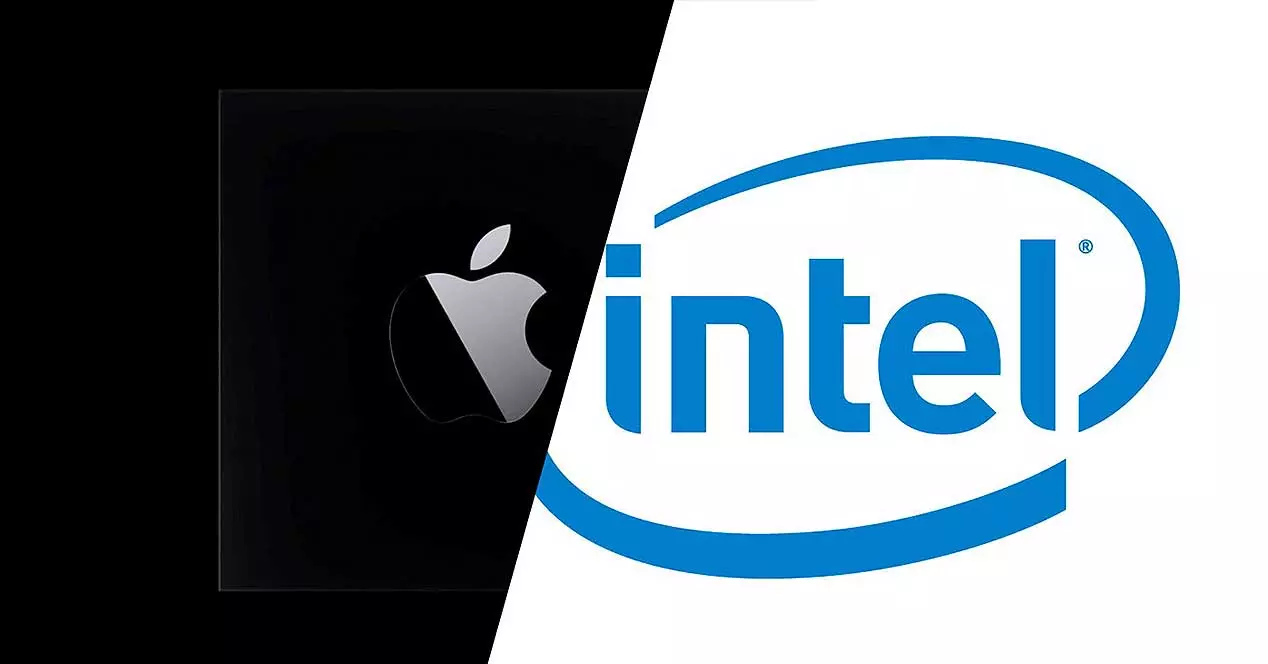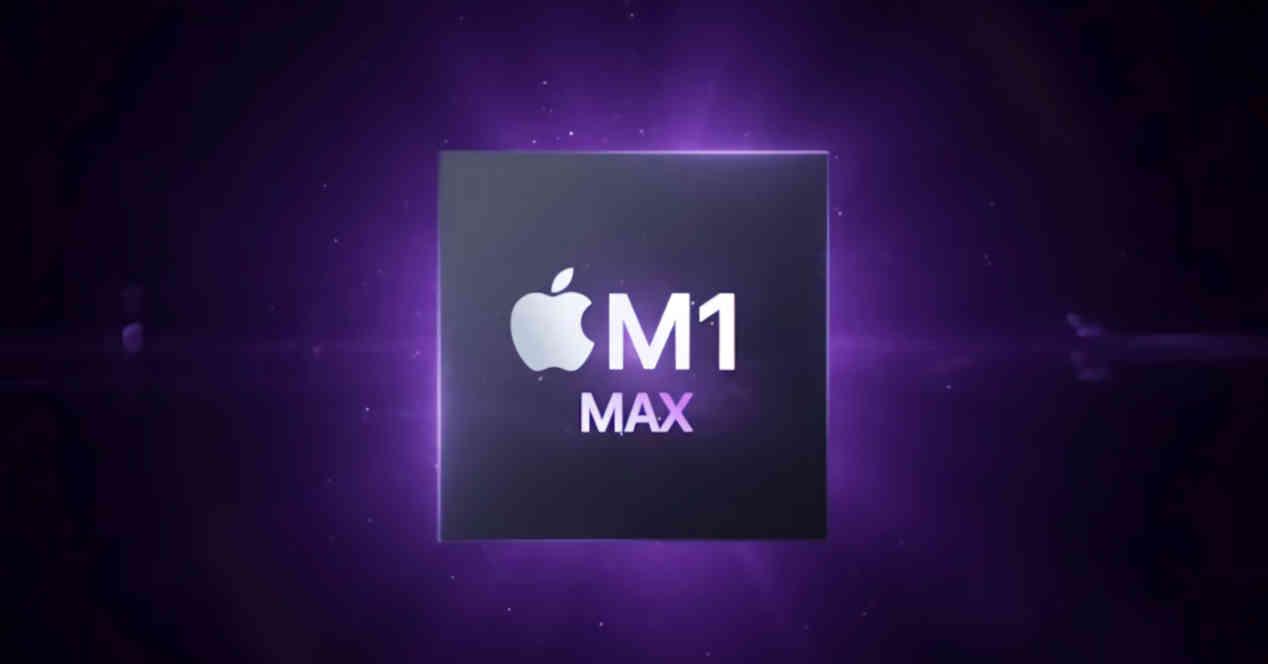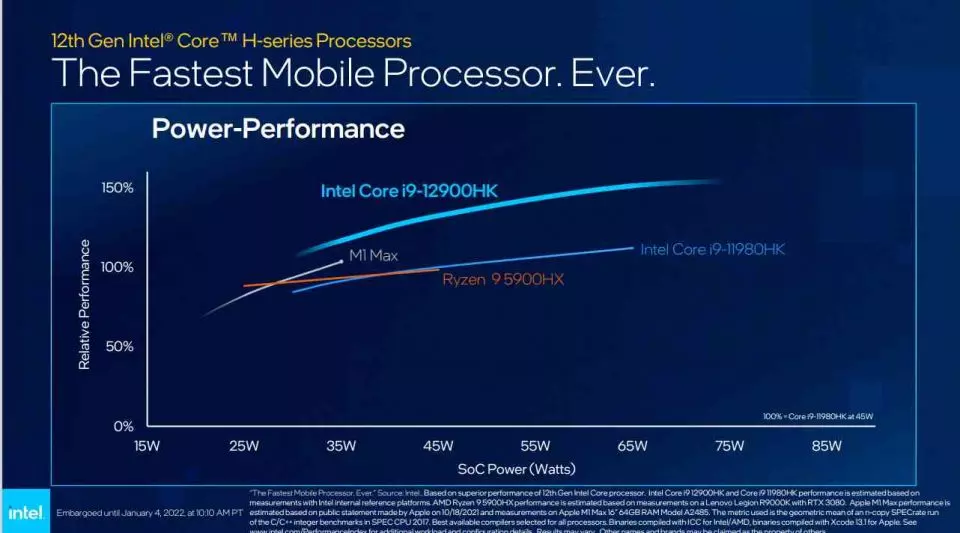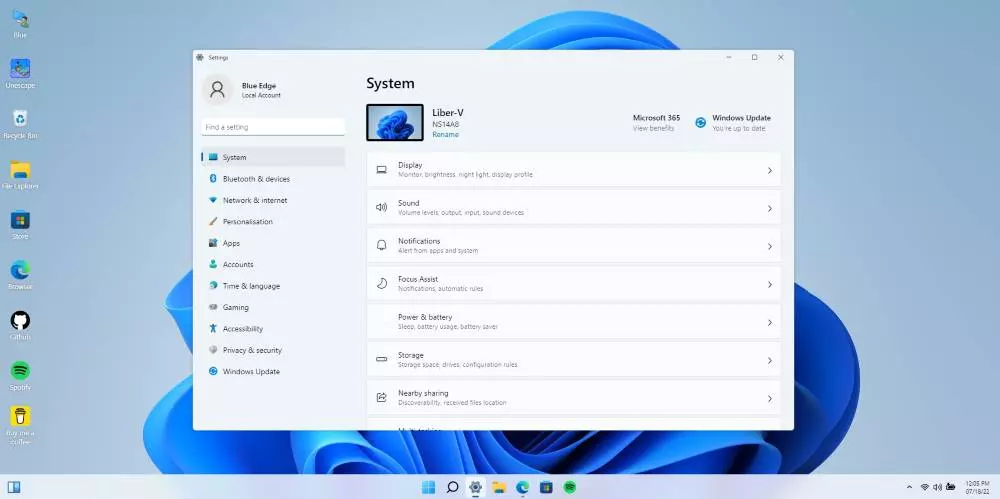
It is true that both companies approach the hardware in a different way, it is also true that Apple goes its own way with its OS and that comparatively it is not the most optimal for the user. But those are the rules of the game that those from Cupertino set and with this in mind the two flagships of Pat Gelsinger and Tim Cook have been compared: i90-12900HK vs Apple M1 Max. Who is faster?
Intel Core i9-12900HK vs Apple M1 Max
Again we have to go to Geekbench to look at the laptop scores to see how the latest from the bitten apple is doing. And it is that the i9-12900HK is not as easy to find in the market as the MacBook Pro and its M1 Max, in any case the comparison is interesting mainly because the Apple chip has 10 cores and 10 threads (8 P-Cores and 2 E-Cores) with a frequency of up to 3,220MHz through an ARMv8 architecture customized by those from Cupertino.
Instead, the i9-12900HK competes with 14 cores of which 6 are P-Cores and 8 are E-Cores with a total of 20 threads running at a maximum frequency of 5GHz. It may seem like an easy ride for Intel, but…
The numbers do not show such a difference, since in Multi-Core the i9 achieves 14,338 points, while Apple’s option stays at 12,755 points, a percentage difference that does not reach 12% (12.4% to be specific). So Intel’s chip is faster than Apple’s by an interesting difference with twice as many threads, but what about power consumption?
Energy consumption will bring controversy
It is true that Intel is ahead of Apple again, but if we compare both processors and in the case of the blue giant in high-end laptops to be fair, what about the real consumption between the i9-12900HK vs Apple M1 Max? Controversial topic and we explain ourselves. The data that is being seen says that the Intel processor is going to the 100 watts at full capacity with peaks of 140 watts momentary, which are pretty high numbers for any laptop.
But Apple is not far behind. The M1 Max has a constant consumption of 92 watts and can reach 120 watts at specific times, so the differences are not big at all with the different specifications mentioned above. What happens then? Well, the slide that we saw the other day and that we have put back just above is not entirely true if we continue to extend the trend line to the commented watts, at least under normal test conditions and not under those of Intel.
In terms of temperatures, with that consumption both processors reach 99º C, being the limit where the protections against over temperature start to work to prevent their breakage. The advantage that Intel has here is that certain laptop models, such as ASUS, will have a lower or equal temperature, but keep the frequencies with a higher TAU, which will give a performance boost against the M1 Max.
On the other hand, Apple has nothing to do here since its design is unique and indisputable.





